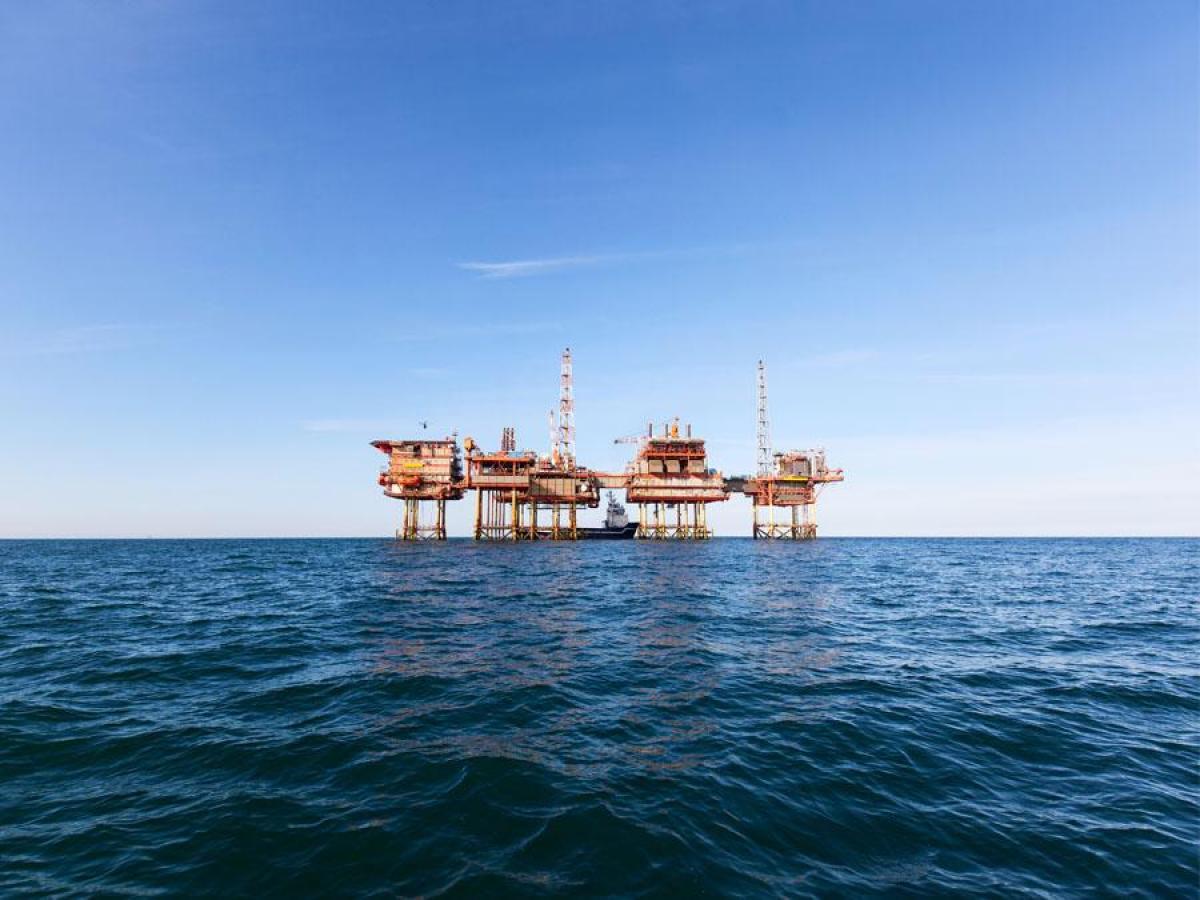Formation Damage and Enhanced Oil-Gas Recovery
Our formation damage and enhanced oil-gas recovery research examines various forms of modelling to control and enhance the flow, migration and recovery of hydrocarbon resources.

Our formation damage and enhanced oil-gas recovery research group is particularly focused on modelling:
- advanced oilfield waterflood techniques
- low-salinity waterflooding in carbonate reservoirs
- chemical enhanced oil recovery
- CO2 geo-sequestration in aquifers and oilfields
- well stimulation in coal-bed methane fields
- shale-gas field development
- water-production control in gas and oilfields
- drilling fluid design
- suspension-colloidal-nano transport in porous media
- exact and asymptotic solutions for flow in porous media
- nano technologies in oil and gas production
- well injectivity and productivity
- formation damage and skin
- oil and gas secondary migration.
Our work is of value and relevance to organisations throughout the resources sector, together with those involved in industrial waste disposal, vadose zone engineering, and plant irradiation.
-
Research impact
Our researchers are working to develop advanced methods and technologies for:
- enhanced oil recovery in fields of the Cooper and Perth basins (Australia), Campos and Santos basins (Brazil), and Gulf of Mexico (US)
- well stimulation in coal-seam gas fields
- enhanced energy recovery in geothermal fields
- behaviour prediction in oil and gas fields
- lab-based aquifer contamination modelling
- optimal drilling fluid particle sizing
- optimal oil and gas exploration planning.
Our findings frequently lead to real-world commercial benefits and application. For example, our:
- method of determining gas-inflow profiles is used by Beach Energy and Santos in shale gas and coal-seam gas fields
- analytical models for low-salinity waterflooding are used by Wintershall (Germany) to plan and design enhanced oil recovery projects
- lab-based fines migration prediction method is used by Chevron for well management in the Gulf of Mexico
- three-point-pressure method for formation damage assessment is used by Petrobras in their production headquarters, and their Cenpes research centre.
-
Consulting services
We consult to industry and government, providing guidance, insight and leadership in many forms, including:
- consulting and training on formation damage and produced water reinjection, advanced waterflooding, and chemical enhanced oil recovery
- reservoir rocks lab testing to estimate gas and oil well productivity
- oil and gas recovery design in specific oil and gas fields
- unconventional energy source plan and design, including field studies and reservoir simulation
-
Our researchers
We have expertise across a wide range of areas. Many of our researchers are available to assist with research project supervision for Master of Philosophy and Doctor of Philosophy students.
Research team Expertise Professor Pavel Bedrikovetski Enhanced oil and gas recovery; Transport and thermodynamics in porous media; Two-phase multi-component flows of nanofluids, suspensions and colloids Dr Abbas Zeinijahromi Formation damage; Fines migration; Low salinity waterflooding Dr Themis Carageorgos Oilfield scaling; Suspension-colloidal-nano transport in porous media; Laboratory studies on oil recovery visualisation Dr Alex Badalyan Suspension flow in porous media; Characterisation of porous solids; Thermophysical fluid properties -
Collaborations
We collaborate with various industry and government organisations, including:
- Chevron
- Delft University of Technology, Delft (Netherlands)
- Petrobras
- Russian Academy of Sciences, Moscow (Russia)
- RWE
- Santos
- Shell
- State University of Northern Rio de Janeiro (Brazil)
- TatNeft
- Technical University of Denmark, Kongens Lyngby (Denmark)
- University of NSW
- Wintershall
To enquire about consulting or working with us on a research project, please contact:
